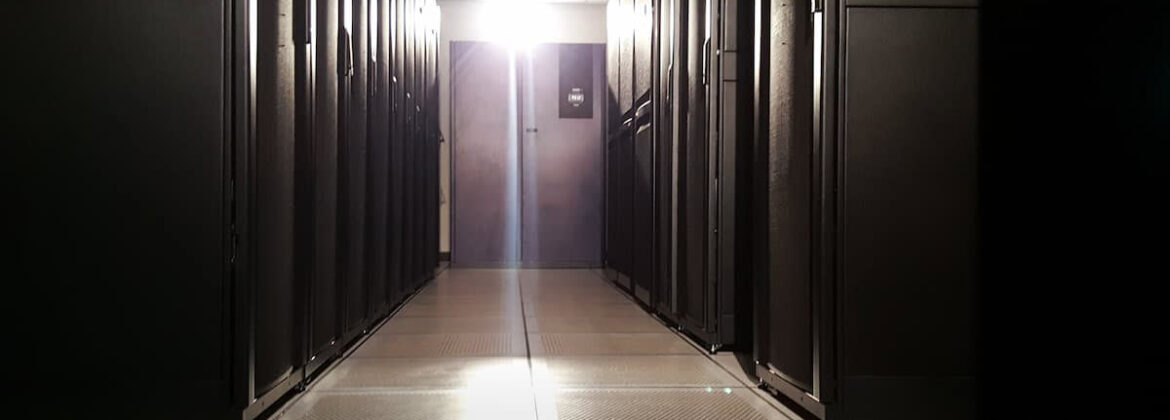Powering Safety and Reliability: the Differences Between UL924 and UL1778 UPS Units
Similar to any emergency solution, uninterruptible power systems (UPS) are governed by certain safety standards. These standards are in place to ensure that all devices we use are reliable and risk-free.
To understand the standards for UPSs, you must first know the key player in this area, Underwriters Laboratories Inc., also known as UL. For more than a century, this company has provided voluntary certification standards for different electronic appliances in the US.
Two of the most common standards UL has set for UPSs are UL924 and UL1778. Now, what’s the difference? That’s what we’re going to discuss in this article, including why you need to know.
Understanding Uninterruptible Power Systems
Before getting into the UL standards, let’s first examine uninterruptible power systems. These are foundational units that supply power during emergency scenarios, ensuring seamless operations. They serve two important roles:
- Continuity: With a constant flow of power, systems and appliances in any establishment can keep running during power fluctuations and outages.
- Quality Control: UPS units maintain the quality of the electrical supply. They stabilize voltage levels and smooth out potentially harmful spikes in energy.
They are used by major facilities such as hospitals and data centers, so the professionals who operate them should understand the safety standards that come with UPS units.
UL1778 and UL924 Standards Defined
Let’s get to the nitty-gritty of their differences and start by defining UL1778, the main safety standard that specifically regulates various forms of UPS units. This standard ensures the continuity and quality of an alternating power source for UPS systems up to 600 VAC.
It’s also worth noting that UL1778 focuses on reducing fire, electric shock, or injury risks during UPS operations.
Meanwhile, UL924 primarily regulates emergency lighting and power equipment. It ensures that UPSs are built to specifications, considering the importance of uninterrupted power supply and illumination in critical areas of an establishment. A UPS unit bearing UL924 is engineered for both outages and crisis scenarios.
Comparing UL1778 and UL924
Having delved into what the two standards mean, it becomes clear that there are big differences between them, specifically when applied to UPS units. UL1778 ensures unit reliability under various conditions, while UL924 focuses on emergency lighting’s visibility, duration, and testing. Let’s look at these differences more closely:
UL1778:
- Applies to movable, stationary, fixed, and built-in UPS for distribution systems up to 600 VAC
- Emphasizes battery life expectancy exceeding its usage life
- Requires specific markings on battery cabinets for service personnel to see before accessing the battery compartment
- Mandates inclusion of detailed information in UPS instructions regarding battery replacement, identification, and potential energy hazards
UL924:
- Dictates emergency exit signs should be visible from at least 100 feet away with lettering at least eight inches tall
- Requires all emergency lights to operate on battery power for a minimum of ninety minutes during power outages
- Prescribes specific ABS thermoplastics materials for manufacturing emergency lighting and signage that can withstand high temperatures without melting or fueling fires
- Stipulates regular monthly and annual testing is conducted
Understanding these differences is key for professionals such as engineers, facility managers, and safety experts in choosing the right UPS technology that aligns with their specific operational continuity and life safety requirements.
Interested in knowing more about these two standards, any other regulations, or UPS products? Feel free to connect with us at Lorbel to learn more.

